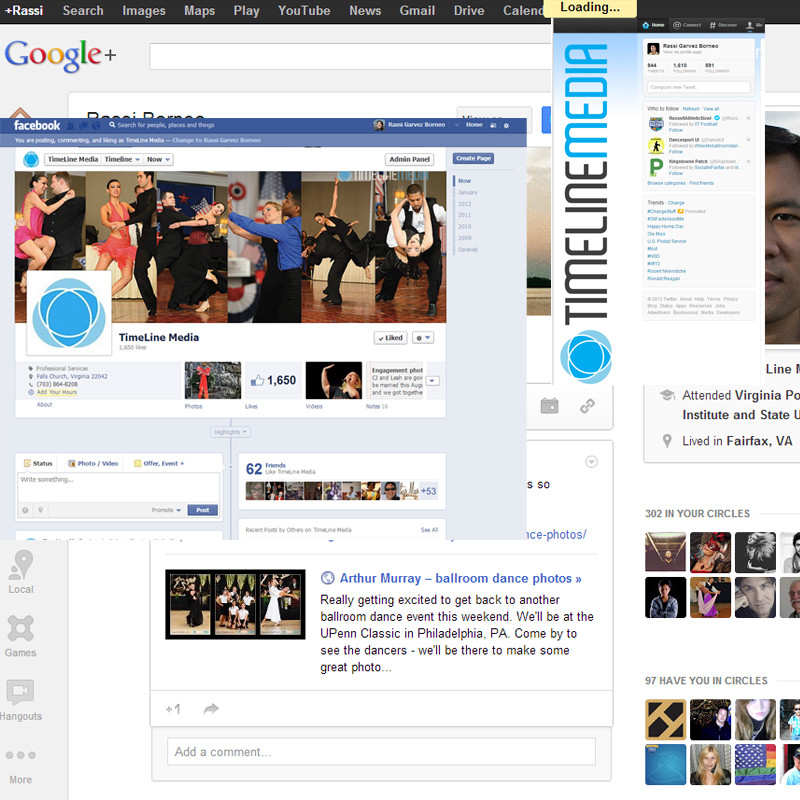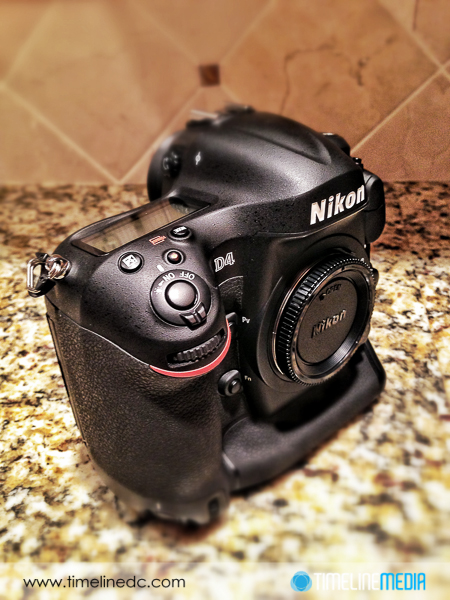
My career as a photographer has grown leaps and bounds with the explosion of social media. I first saw the power of social networking in reconnecting with old school friends and previous job friends. Also I have family that reside across the globe. The next step was the ability to connect with other photographers that I admired. With photographers linking directly into their Facebook pages and their Twitter feeds it became easy to reach out and connect. As it became normal to communicate this way, I was able to introduce myself. Additionally I was able to let people know what I do. I asked them for business tips, photo technique tips, and ideas for other shoots.
Connected Marketing

Facebook and Google Plus in particular make sharing photography a top priority. These are the best way that I have used to show off my photos and current projects. Posting to these pages let not only my friends, but their friends that are not directly connected to me view some awesome images! When their friends view, like, and comment on images, my contact information will be easy to find. I have connected with clients this way and have been invited to shoot events this way too.
Event Marketing
As you have seen, I do shoot lots of ballroom dance events. I get so many action shots from these weekends, that I can keep posting images on this blog for a long time to come. These shots can be used by the organizers to promote future events, by judges that are marketing their services to other events, and to the teachers that use events as recruiting for new students and studios.
The organizers of the New Jersey State Open held in Atlantic City, NJ have used lots of my images in their routine postings on Facebook. Adding some of my photos that show their event as it was held has helped them to get over 4000 subscribers to their web page! They will be the first to know about any developments on their event, and the visual images helped to keep them at the top of mind for dancers planning their competition schedule this year.
There are so many resources available for small businesses that allow them to market their services to targeted audiences on social media. Having good head shots, environmental, and other promotional photography is important to convey your company on the internet. Show off your products, your culture, and your style through photos. If you have any need for these, contact me. I can be reached on social and traditional means below –
TimeLine Media – www.timelinedc.com
TimeLine Media Facebook Page
Rassi’s Twitter Page
Rassi’s Google Plus Page
Email: rassi @ timelinedc.com
Phone: 703-864-8208


